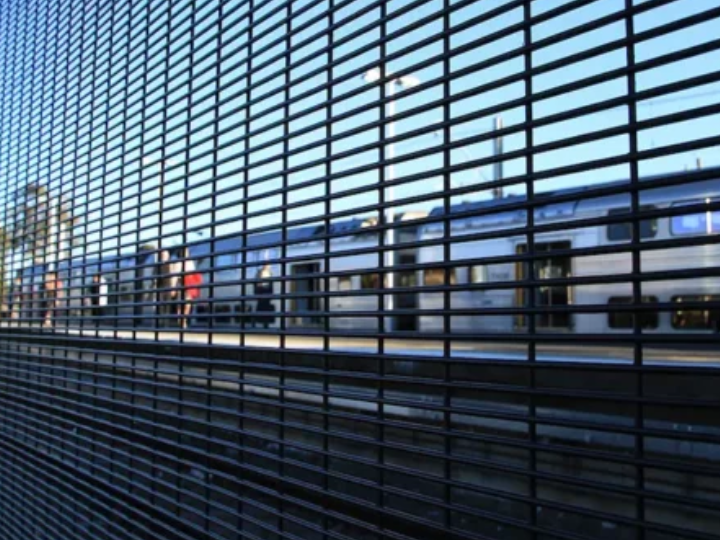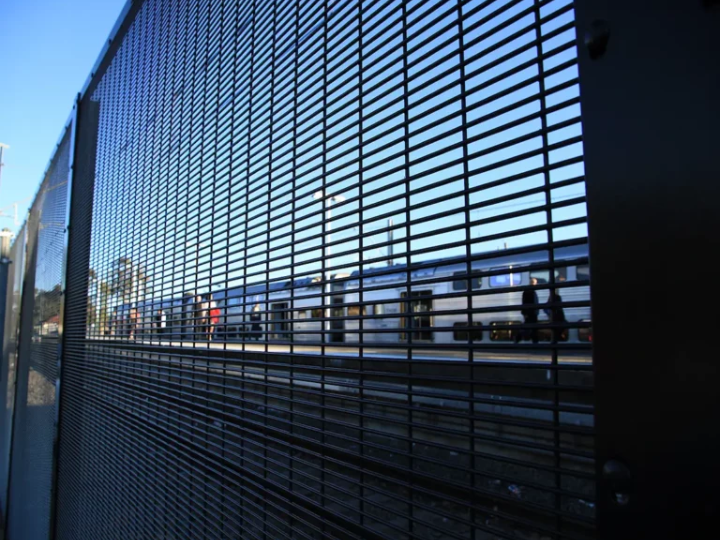How 358 Anti Climb Mesh Secures High-Risk Government Facilities

Strong 8k brings an ultra-HD IPTV experience to your living room and your pocket.
In today’s security-conscious environment, government and commercial facilities that handle sensitive operations—such as defence compounds, correctional centres, data centres, and utilities infrastructure—require perimeter solutions that do more than define boundaries. 358 anti climb mesh has emerged as one of the most effective fencing systems for such applications due to its strength, anti-intrusion capabilities, and compatibility with modern security technologies.
Understanding the Security Challenges at High-Risk Facilities
Australian government institutions often operate in sectors where public safety, infrastructure continuity, or national security are at stake. These include military bases, airports, public transport hubs, high-value storage facilities, and emergency services buildings. Given their critical nature, these facilities are prime targets for vandalism, sabotage, espionage, or unauthorised entry.
Security at such locations must be proactive, not reactive. This means implementing barriers that not only resist intrusion attempts but also work in tandem with monitoring technologies and operational protocols. A robust, well-designed perimeter is a foundational element of this approach.
Why Traditional Fencing Isn’t Enough
Many standard commercial fencing types—such as chain-link or tubular fencing—offer basic protection and are suitable for general applications. However, in high-risk scenarios, these solutions often fall short.
Standard fences are susceptible to cutting, climbing, or breaching without significant effort or tools. Moreover, their visibility and strength may not be adequate to support surveillance systems or integrate access controls efficiently. As a result, many government entities require more advanced systems to meet compliance standards and long-term security goals.
What Makes 358 Mesh the Industry Standard for High Security
Known for its dense wire configuration, 358 mesh fencing is constructed with wire spacing that makes it exceptionally difficult to climb or cut. The mesh typically has openings of 76.2mm x 12.7mm using 4mm wire—tight enough to prevent even the smallest toeholds or finger grips.
In addition to its anti-climb and anti-cut capabilities, the mesh allows for excellent visibility, making it ideal for surveillance integration. This balance between security and sightlines is especially critical in environments where perimeter visibility by CCTV or personnel is necessary.
Integration with Perimeter Security Technology
A major benefit of using high-security mesh is its seamless compatibility with technology-driven surveillance. Security teams often need to mount cameras, lighting, and motion sensors on or around fencing systems. The rigid frame and tight aperture of 358 mesh support secure and stable mounting without compromising fence integrity.
At facilities requiring real-time monitoring, mesh fencing can be integrated with detection technologies such as infrared beams, fibre optic cables, or vibration sensors. This converts the fencing from a passive barrier into an intelligent intrusion detection system capable of alerting authorities at the first sign of unauthorised access.
Tailoring Security for Different Facility Types
Not all high-security sites have the same needs. A correctional centre may require internal partitions in addition to perimeter fencing, while a data centre may prioritise cybersecurity and physical access control to server rooms.
The flexibility of mesh fencing systems makes them suitable across a broad spectrum of uses. Custom height options (ranging from 2.4 to 5.2 metres or more), additional topping features like anti-climb spikes or razor wire, and sliding or swing gate integration enable site-specific configurations. This adaptability helps meet both current operational needs and future upgrades without major structural overhauls.
Environmental and Operational Durability
Australia’s varied geography—from tropical humidity to arid outback heat and coastal salt exposure—demands materials that can withstand extreme conditions. High-security fencing for government and commercial facilities must offer durability, low maintenance, and corrosion resistance over decades.
358 mesh is often treated with hot-dip galvanisation and powder coating, making it suitable for demanding outdoor environments. Coastal facilities, defence zones, and transport hubs particularly benefit from these finishes, as they reduce long-term maintenance costs and prevent early degradation.
Meeting Australian Compliance and Safety Standards
Public-sector projects must adhere to rigorous Australian Standards for construction, occupational safety, and physical security. Mesh fencing aligns with key performance metrics such as AS/NZS 1170 (structural loading) and AS 1725 (security fencing). These regulations cover factors like fence strength, mesh spacing, wind load resistance, and tamper prevention.
In addition, government procurement bodies often assess compliance with CPTED (Crime Prevention Through Environmental Design) principles. Because 358 mesh provides visibility and deters concealment, it supports environments where passive surveillance and access control are prioritised.
Designing Gates and Entry Points Without Weakness
A perimeter fence is only as strong as its access points. Gates must maintain the same anti-climb and anti-cut standards as the surrounding fencing. In many high-security sites, gates are the focal point for movement—whether it’s maintenance vehicles, service staff, or authorised contractors.
358 mesh can be configured into heavy-duty swing or sliding gates that support the same wire density and height as the perimeter. These gates are compatible with keypads, intercoms, RFID access control, and vehicle detection systems. Electric or automated operation ensures controlled entry while maintaining robust security levels.
Facilities across Australia’s government and commercial sectors face increasing pressure to protect their infrastructure, data, and people from evolving threats. A properly designed perimeter not only prevents intrusion but also supports surveillance, operational flow, and long-term maintenance efficiency. 358 anti climb mesh continues to be the preferred solution for sites that demand uncompromising physical protection while maintaining visibility and integration with modern security technologies. For high-risk environments, it provides a balance of strength, flexibility, and regulatory compliance that is difficult to match.
Note: IndiBlogHub features both user-submitted and editorial content. We do not verify third-party contributions. Read our Disclaimer and Privacy Policyfor details.



